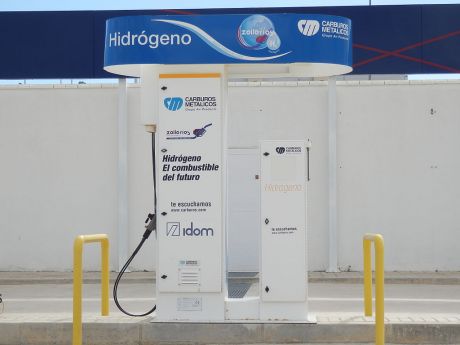Hydrogen (H2) fuel is widely considered to dominate the transport fuel
scene of the future. To enable this vision, it is necessary to massively
expand H2 production, storage and distribution infrastructure. In the
absence of a pipeline network, liquefaction may be the most effective
way of distributing large quantities of H2 fuel. Compared to compressed
H2, liquid H2 is easier to transport over large distances by truck,
train or ship, evening out supply imbalances.
However, current H2 liquefaction technology lacks the necessary capacity and infrastructure to meet rising demands. In addition, energy consumption should be significantly reduced, bringing chain efficiency down to the level of gaseous H2 distribution.
To address these issues, researchers, industry and commercial partners successfully developed a concept for implementing large-scale liquid H2 production in Europe within the framework of the project
IDEALHY (Integrated design for efficient advanced liquefaction of hydrogen).
The plan enables the construction of a liquefaction plant of up to 200 tonnes per day. Not only it will be larger than the biggest yet built, it will also consume half the energy of the most efficient ones in existence. In addition, it will be built with components larger than any yet made. Given that investment costs are high, project members included proposals for its location.
To further improve efficiency of the liquefaction process, project members investigated the possibility of combining the liquefaction plant with liquefied natural gas regasification. Integration with cryogenic processes should drive down liquefaction costs.
A life-cycle assessment analysis of existing H2 production, liquefaction processes and distribution pathways was successfully carried out. Amongst other findings, the analysis demonstrated that cars running on liquid H2 produced from fossil fuels are 50 % more energy efficient compared to internal combustion engine cars.
As the world moves to a new model of energy supply with focus on sustainability, project results are opening up new possibilities for low-carbon energy chains. Efficient liquefaction plants will support the liquid H2 distribution chain as the market for hydrogen for cars grows in the future.

